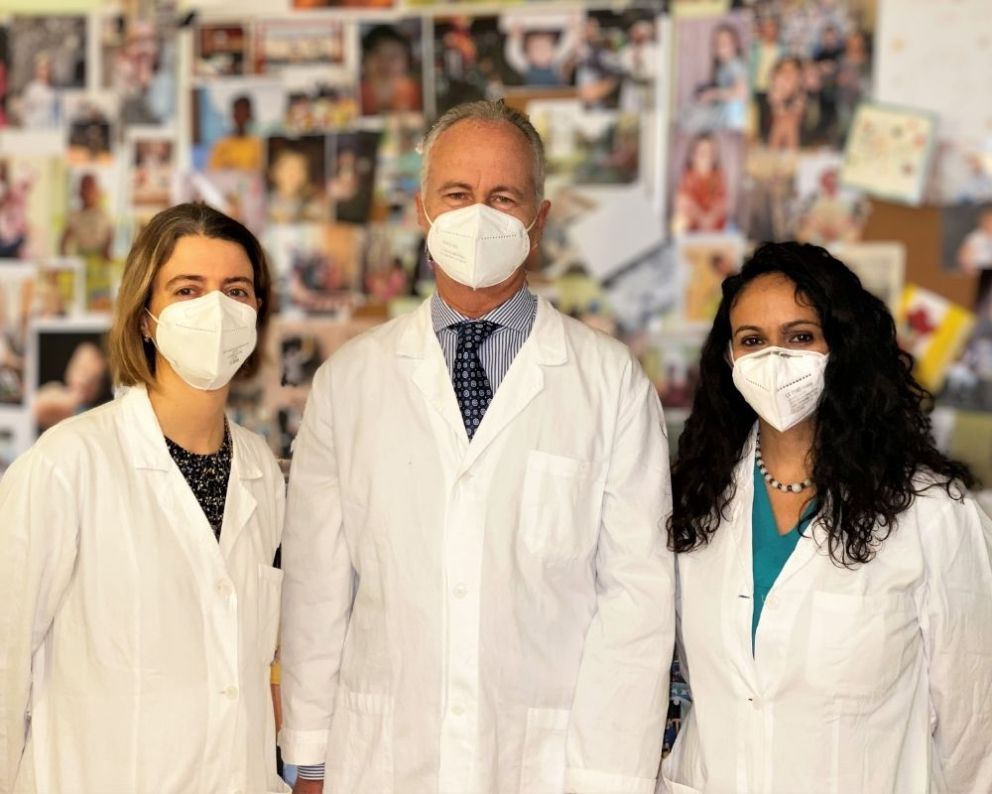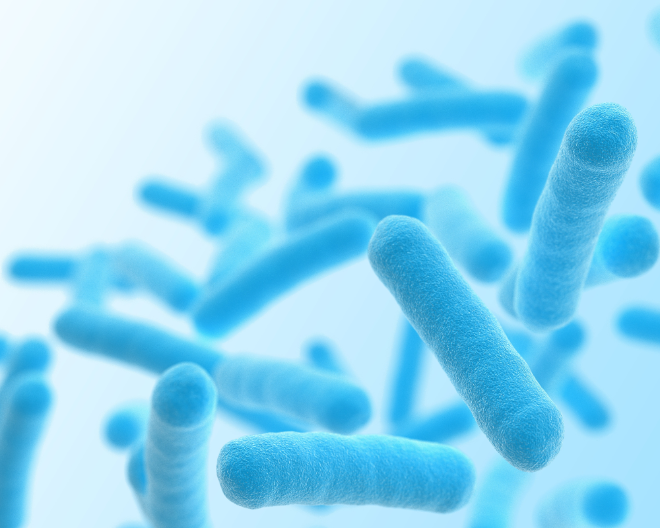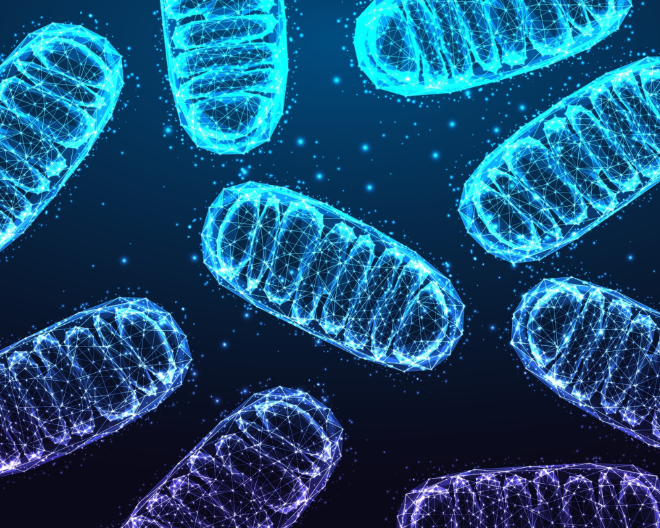
The long-term study, published in The Lancet, suggests the need of intervening early, when the symptoms of the disease have not yet manifested, further underscoring the importance of newborn screening for the disease
Gene therapy has shown the potential to change the clinical history of children suffering from a rare and lethal neurodegenerative disease of genetic origin, metachromatic leukodystrophy (MLD). This is demonstrated by the long-term results – published today in the prestigious journal The Lancet – detailing safety and efficacy findings of 29 children with MLD treated with atidarsagene autotemcel, the first gene therapy for this disease that was approved by the European Commission in December 2020 and is marketed as Libmeldy™. Libmeldy is produced by Orchard Therapeutics and is the result of over 20 years of research conducted at the San Raffaele Telethon Institute for Gene Therapy in Milan (SR-Tiget).
The study – coordinated by Alessandro Aiuti, deputy director of SR-Tiget and full professor of pediatrics at the Vita-Salute San Raffaele University – also suggests the importance of early intervention in the treatment of MLD. In the study, the majority of patients were treated before the development of clinical manifestations showed physical and cognitive development in line with healthy children or maintained the ability to walk.
The research was conducted thanks to the strategic alliance between Fondazione Telethon, IRCCS Ospedale San Raffaele and Orchard Therapeutics, with the collaboration of other Italian hospitals and institutes, including the University of Perugia for biochemical analysis. The study is being conducted till 2015 by Prof. Alessandra Biffi, currently full professor of pediatrics at the University of Padua, who contributed to the original development of the therapy together with Luigi Naldini, director of SR-Tiget and full professor at Vita-Salute San Raffaele University.
How Gene Therapy works for MLD
MLD is a rare metabolic disease with one case per 100,000 newborns. It is caused by mutations in a gene called ARSA, which encodes an enzyme critical in removing excess sulfatides. In children with the most severe forms of the disease, the enzyme is absent or does not work, and sulfatides accumulate in several organs, including the central and peripheral nervous system, leading to rapid neurodegeneration and loss of major motor and cognitive functions.
Libmeldy gene therapy is based on modified blood stem cells, and is produced by Orchard Therapeutics and based on research by the San Raffaele Telethon Institute for Gene Therapy in Milan. Libmeldy works by using inactivated lentiviral vectors to correct hematopoietic stem cells taken from the MLD patient The vectors insert working copies of the ARSA gene into the stem cells and these are then infused back into the patient, where, once stably engrafted, they pass the gene correction on to future generations of the HSCs.
One of the fundamental features of this therapy is that, once infused in the patient and taken root in the tissues, the genetically corrected cells do not just produce the missing enzyme, but also manage to distribute it to the surrounding cells that are “cross corrected” in their metabolic defect. This allows the therapeutic benefit to be distributed in the patient's tissues, including the nervous system, and thus can prevent their degeneration.
The results of the study
The study published today in The Lancet includes 29 patients and demonstrates the efficacy and safety of atidarsagene autotemcel in preventing severe disability in these children.
Doctors and researchers used multiple indicators, both molecular and clinical, to measure the success of the treatment. First, the level of engraftment of the modified cells in the patients' bone marrow and the amount of enzyme present in the cerebrospinal fluid, but also the development of the central nervous system – monitored by magnetic resonance imaging – and the evolution of children's cognitive and motor skills, evaluated through standardized clinical tests.
"Out of 29 treated patients, 25 had a physical and cognitive development pathway very similar to that of healthy children or showed a slowing of disease progression compared to untreated MLD Natural History patients. The therapy proved to be generally well tolerated and most side effects were linked to the chemotherapy treatment that precedes the infusion of the gene corrected cells"
say Francesca Fumagalli and Valeria Calbi, respectively neurologist and hematologist at the CLINICAL Research Unit of SR-Tiget and first authors of the study.
Unfortunately, two of the treated patients – whose symptoms had manifested clinically prior to treatment – died as a result of disease progression.
"The results of the clinical study underline the importance of intervening as soon as possible: it takes a few months, after the infusion of the gene corrected cells, for the levels of the ARSA enzyme to return to normal. The therapy can in fact prevent degeneration of the nervous system or slow it down if administered in the earliest stages but cannot remedy it if the disease is already rapidly progressing."
conclude the two researchers.
The importance of newborn screening for MLD
Newborn screening is a simple and non-invasive test: using a blood sample made from the heel of the newborn, newborn screening can recognize over 40 metabolic genetic diseases for which we now have a targeted response. The test is free and is done directly in the hospital within 72 hours of birth. Unfortunately, MLD is not yet part of the screening test in Italy.
"In the absence of a newborn screening test, it is impossible to know that the pathology is present before it manifests itself – when it is often too late – unless there is an older brother or sister in the family who has already been diagnosed”
says Prof. Alessandro Aiuti, coordinator of the study.
“And this is the greatest regret: the fact that for every child that we have been able to successfully treat before the onset of symptoms, and who can potentially have normal development, there is an older brother or sister who could not benefit from it. Newborn screening can change all that."
Tags:
You might be interested in

The microbiome as an ally against myeloma

Intrecci: a UniSR project for more inclusive and accessible cancer diagnosis

A New Approach to Enhance Immunotherapy in Multiple Myeloma
/resolutions/res-c660x528/Pensa_Aorta_Congresso_UniSR-(3).png)
